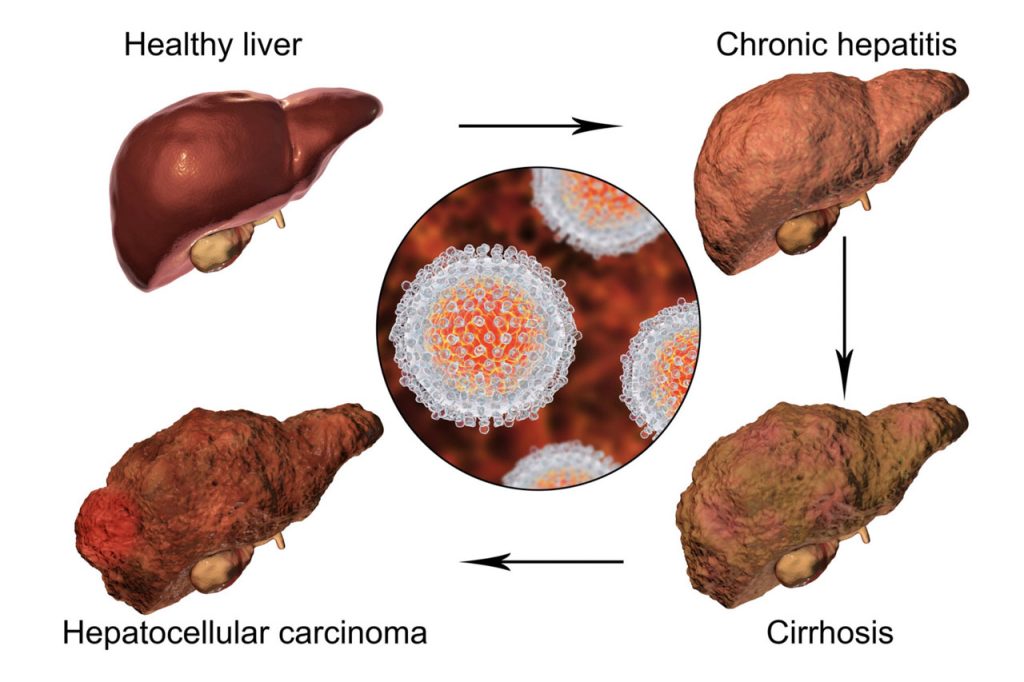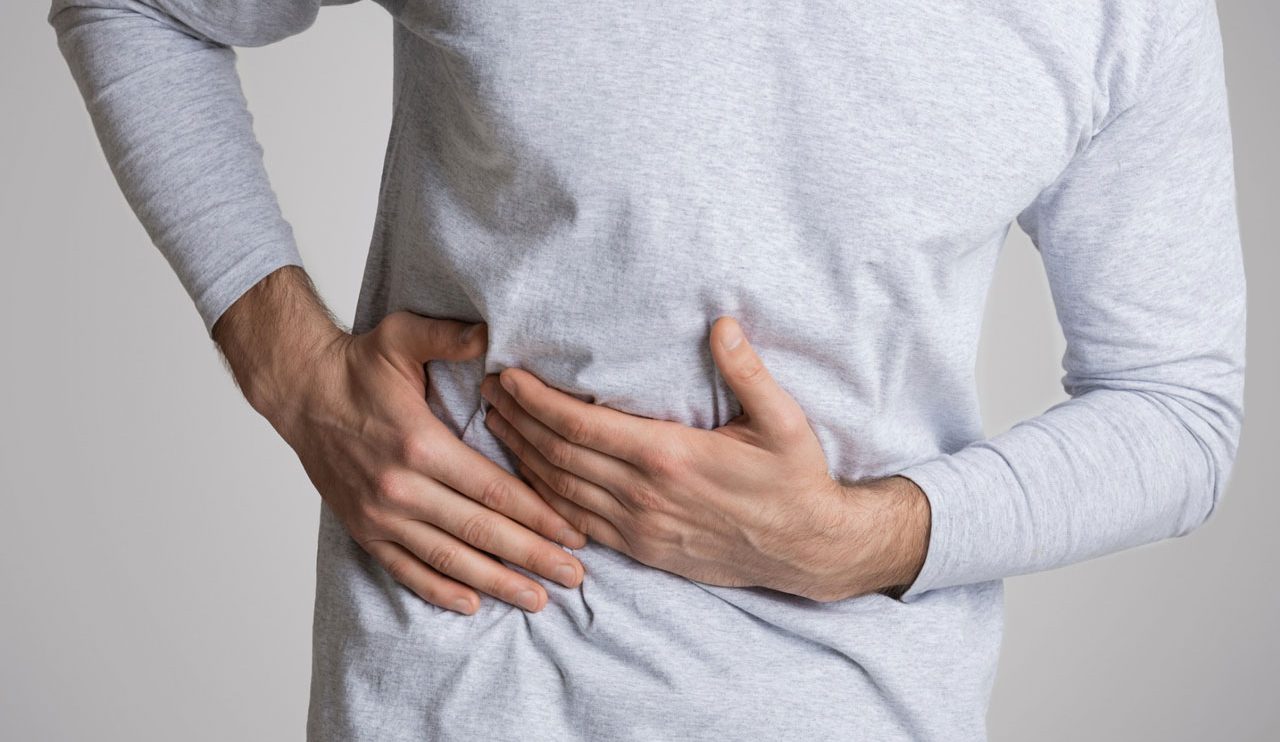Fatty liver disease affects 30% of people, and it is the most common liver disease in the Western world. Most patients with the disease do not feel its existence, and it can only be detected by an ultrasound examination
Is it dangerous?
The disease can manifest itself in the accumulation of fat in the liver without further changes or in the accumulation of fat that causes inflammation in the liver or in the accumulation of fat that causes scarring – until cirrhosis of the liver is formed in the most extreme degree of severity.
In the past, doctors believed that fatty liver did not constitute a significant health problem, and at most recommended weight loss and physical activity. Over time, however, they noticed that more and more patients with fatty liver disease developed end-stage liver disease and needed a liver transplant.
What do you feel when you have a fatty liver?
Most patients do not feel anything and are not aware of the existence of the disease. Sometimes there is a feeling of increased fatigue, or a feeling of discomfort, or pain on the right side of the stomach. The manifestations of the disease are almost completely identical to the manifestation of the liver disease resulting from damage caused by excessive alcohol consumption, but the cause of the disease and the method of its treatment are completely different, hence its medical name: “fatty liver disease that does not result from alcohol consumption”.

What are the main risk factors for fatty liver?
The main risk factors for fatty liver disease are cardiovascular diseases including diabetes, high blood pressure, excess blood lipids (hyperlipidemia), and especially excess triglycerides. The set of these diseases is called the metabolic syndrome, and it was found that fatty liver disease is part of this syndrome.
The common cause of these diseases is the resistance of the body’s cells to insulin, which is the hormone secreted by the pancreas. Insulin activates receptors located on the membrane of muscle cells and fat cells, and with their help, glucose enters the cells from the blood. Poor response of the receptors to insulin causes diabetes in adults due to the accumulation of glucose in the blood.
Therefore, people who are overweight or have diabetes will be three to four times more likely to develop fatty liver, compared to lean people. At the same time, those with fatty liver disease are at increased risk of developing diabetes, high blood pressure, high levels of blood fats, and obesity, which are risk factors for heart disease. Studies published in recent years point to the possibility that fatty liver disease is the harbinger of metabolic syndrome.
How common is fatty liver disease?
About 30% of people suffer from fatty liver, and the rate rises to 60% among those who suffer from obesity. About 20% of fatty liver lesions will develop chronic liver disease and in a fifth of these cases, cirrhosis of the liver (cirrhosis, irreversible damage to the liver cells) or liver tumors will develop. In extreme situations, the solution is a liver transplant. Fatty liver disease is expected to increase in parallel with the increase in the prevalence of obesity, which is the most prominent epidemic in the 21st century.
Is the disease more common in adults?
The disease can affect any age, race, or gender. However, most cases are discovered in the fifth and sixth decade of life and in people who are overweight or have excess blood lipids or diabetes patients.
Can children also get a fatty liver disease?
Unfortunately, the obesity epidemic does not spare the younger generation and may manifest itself in the early stages of childhood. About a fifth of children in the western world suffer from obesity, and fatty liver disease is, as mentioned, a direct result of this obesity.
Therefore, it is necessary to observe a correct and balanced diet and a normal weight already at a young age. It is just as important to diagnose fatty liver among children who are at risk to avoid possible complications in adulthood.
Is a normal body weight an insurance certificate against fatty liver?
Fatty liver disease may also be detected in many patients who are not obese, do not suffer from diabetes or high levels of blood lipids, and whose liver functions are normal.
People who are at increased risk of developing the disease, such as those who are overweight, diabetics, and people who have high levels of lipids in their blood, may be referred to check the phenomenon. At the same time, increased consumption of alcohol (more than 20 grams per day for women or more than 30 grams per day for men) must be ruled out.
How is fatty liver diagnosed?
It is very easy to identify (and feel) excess fats, provided they settle in the classic places prone to obesity: waist and stomach, buttocks and thighs. On the other hand, when the fats settle in the liver, you cannot feel them, nor can you see them, except with an ultrasound examination.
In most cases, the disease is discovered only by chance, during an ultrasound examination of the abdomen to look for other disorders.
Is it possible to detect fatty liver disease with a laboratory test?
An enlarged liver can rarely be palpated during a physical examination – which may indicate the accumulation of fat within it. Sometimes increased levels of liver enzymes in the blood indicate the existence of the disease. However, in most cases the levels of liver enzymes in the blood are normal.
When will a biopsy be recommended?
A liver biopsy is only necessary in cases where the diagnosis is unclear or when there is a fear of the development of inflammation and/or scarring of the liver tissues, which the ultrasound examination is unable to detect.
What treatment can be given to fatty liver?
The treatment of the disease combines treatment of all associated symptoms and diseases: reduction of risk factors such as unbalanced diabetes and reduction of blood lipid levels, weight loss, and increased physical activity.
The weight reduction is based on adjusting a personal menu, according to the patient’s weight, health status, preferences, and lifestyle. The menu will be based on a low-calorie and/or low-carb or fat economy, depending on the need.
Studies show that weight loss must be gradual (half a kilogram to a kilogram per week) because rapid weight loss can worsen the disease and eventually cause further weight gain because the body activates defense mechanisms that slow down its metabolism. Therefore, it is recommended to reduce between 500 and 1,000 calories at most from the daily intake.
Is there a drug treatment for fatty liver?
As of today, there is no specific drug for the treatment of fatty liver. It is true that several drugs have been tested for the treatment of fatty liver, but so far without unequivocal results.
How do you advance a cure for a blow?
In many cases, lifestyle changes, proper nutrition, and physical activity will prevent the development of fatty liver disease and its future complications in advance.












Add Comment